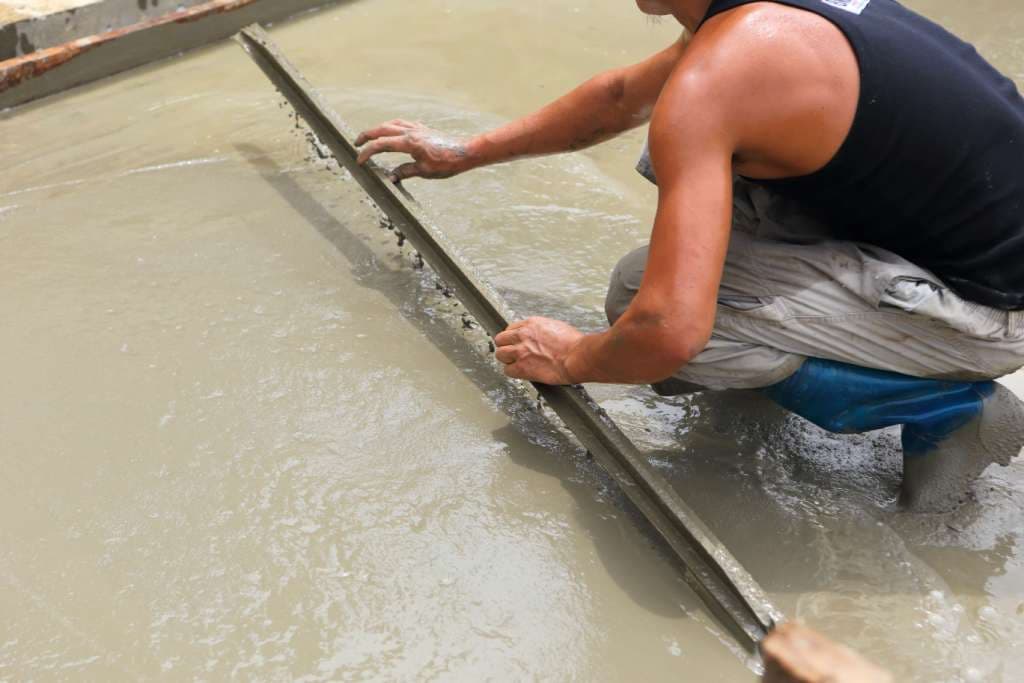
- Bleeding in concrete is defined as a physical migration of water on the surface of concrete after compaction of concrete and before the concrete set. Bleeding water carries more amount of cement particles which makes laitance layer on the concrete surface. This layer is weak and porous which results in a dusty surface.
- Bleeding in concrete is not harmful to concrete. But if Bleeding in concrete is too long or too fast it can cause as a such number of problems. Bleeding in concrete depends on the properties of cement. Bleeding can be decreased by increasing the fineness of cement because finer particles hydrate earlier and their rate of sedimentation is lower.
- Increasing fineness of cement for an ordinary user is not within your control. You may think of it while buying next lot of cement. However, from practical prospective, we advise to control other’s factor such as higher water-cement ratio, over vibration, etc.
- Adding fly ash can be one option but should not be done without expert advice as you don’t know how much fly ash have already present in the cement.
- The properties of cement are not the only sole factor influencing the bleeding of concrete. The presence of fine aggregates and higher water-cement ratio also lead to bleeding.
- Bleeding in concrete may affect the properties of concrete. Here we give you some disadvantages of bleeding in concrete.

Disadvantages of Bleeding in Concrete:
- Due to bleeding in concrete, it becomes porous. It is one of the responsible reason for leakages in buildings.
- Bleeding water causes high water-cement ratio at the top of the surface.
- It loses the homogeneity of concrete.
- It decreases strength and wear resistance of concrete.
- It makes the poor bond between two layers of concrete as well as the bond between concrete and reinforcement.
- In the construction of concrete pavement, bleeding water causes a serious problem. If too much of bleeding water accumulates on the surface of pavement slab, the bleeding water flows over the unsupported side which causes collapsing of sides.
- Bleeding water on concrete surface delay the surface finishing and application of curing.
- If concrete is poured by pumping, Bleeding water reduces the pumping ability of concrete.
What is the Workability of Fresh Concrete?
Tips to Avoid or Reduce Segregation in Concrete
Curing of Concrete – Things to Keep in While Curing
Why Curing of Concrete is Very Important in a Construction?
8 Factors that Affect the Workability of Fresh Concrete































